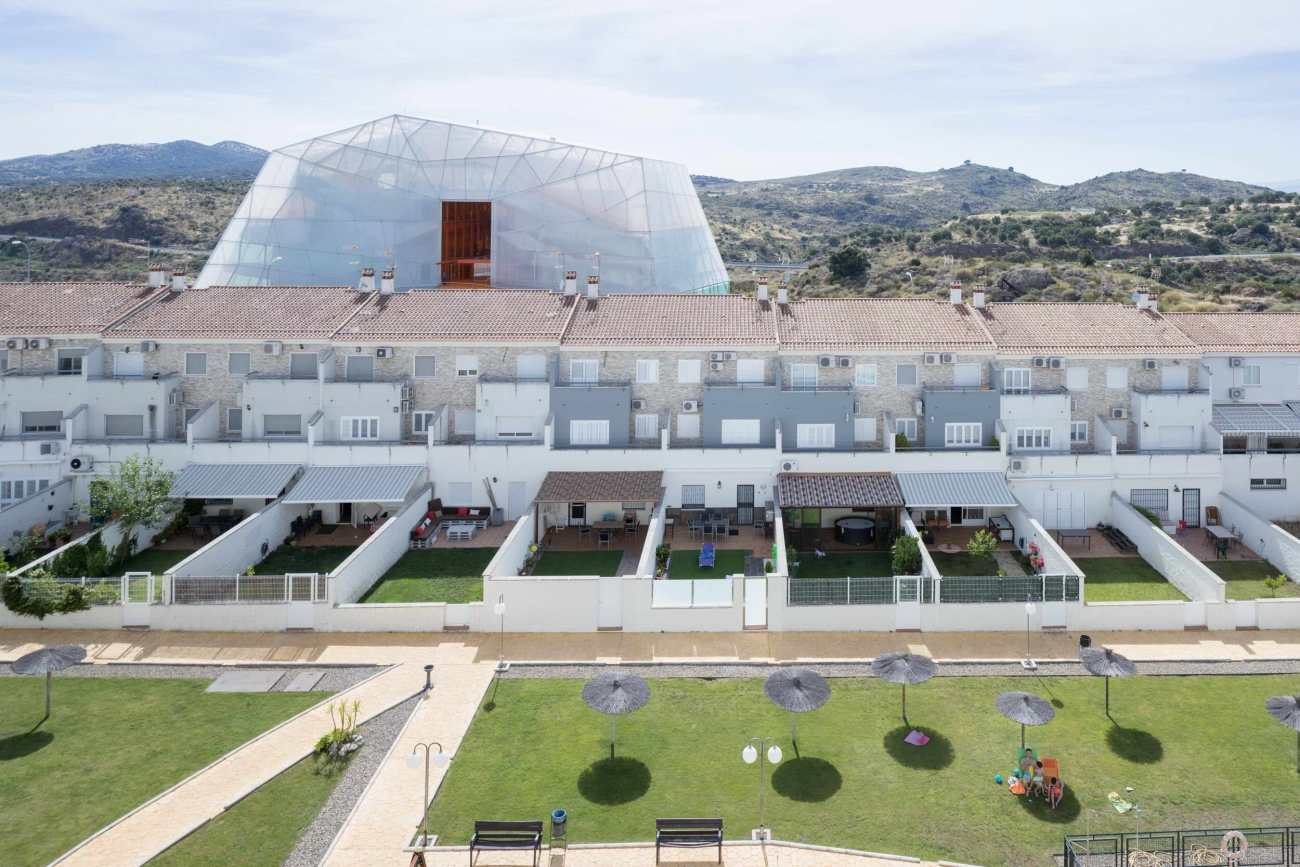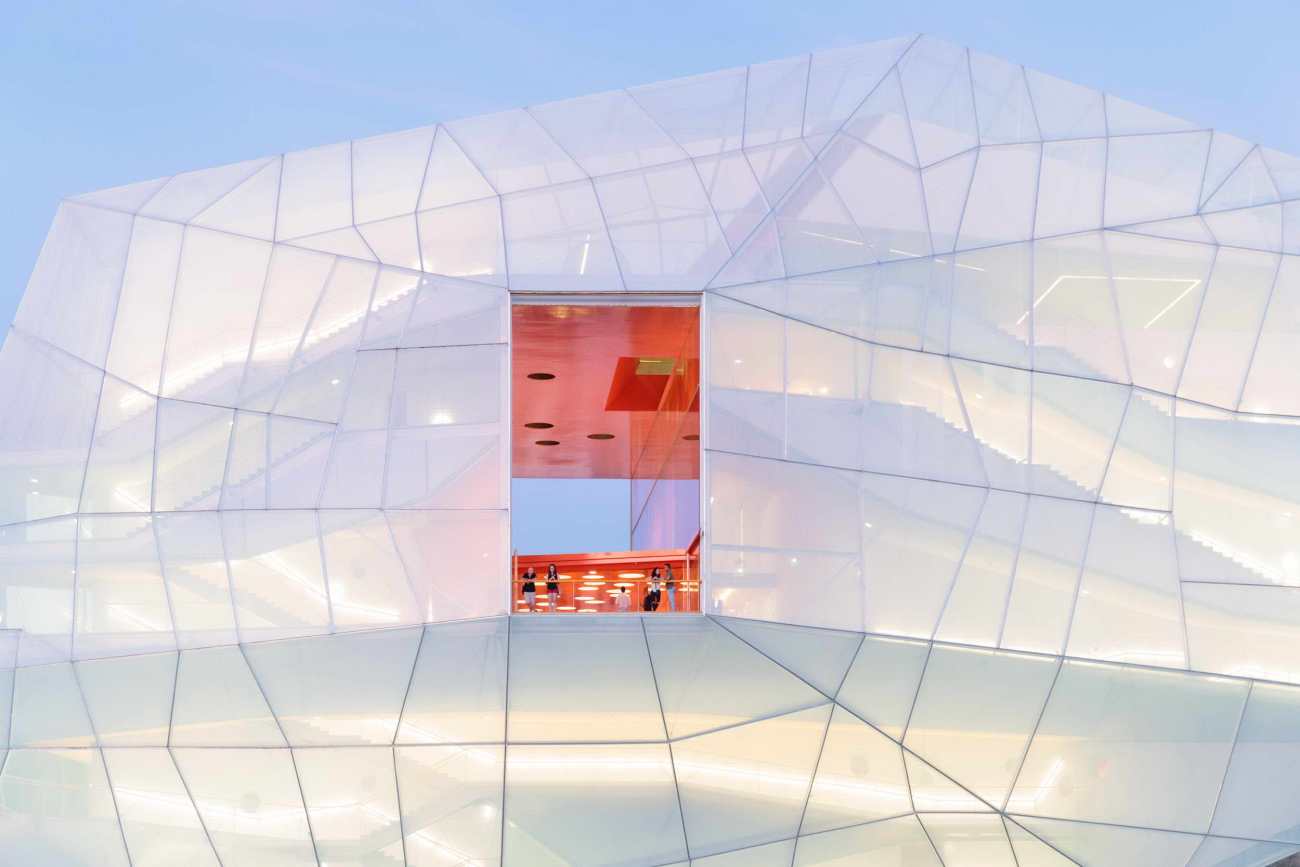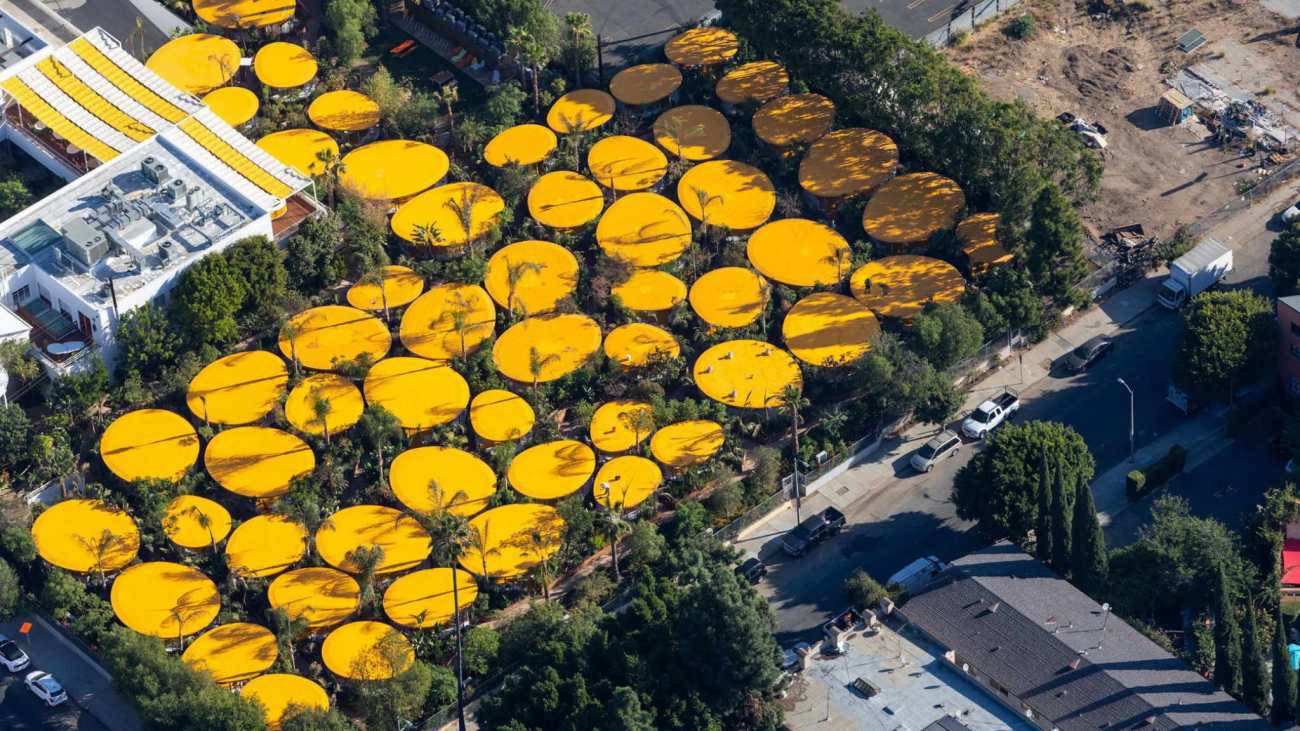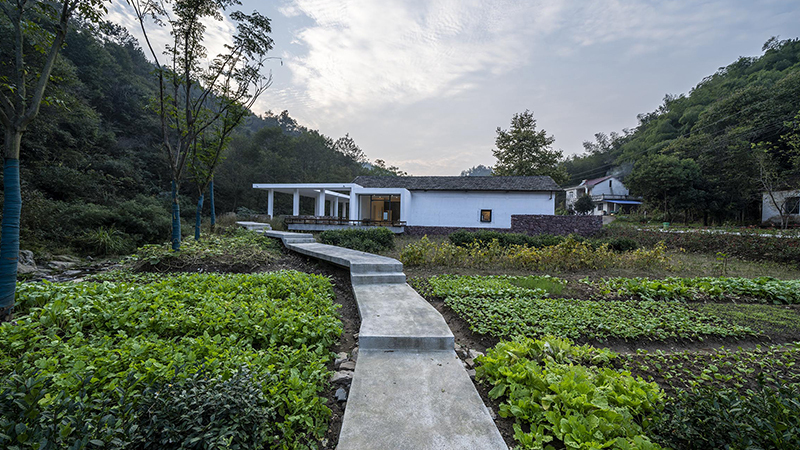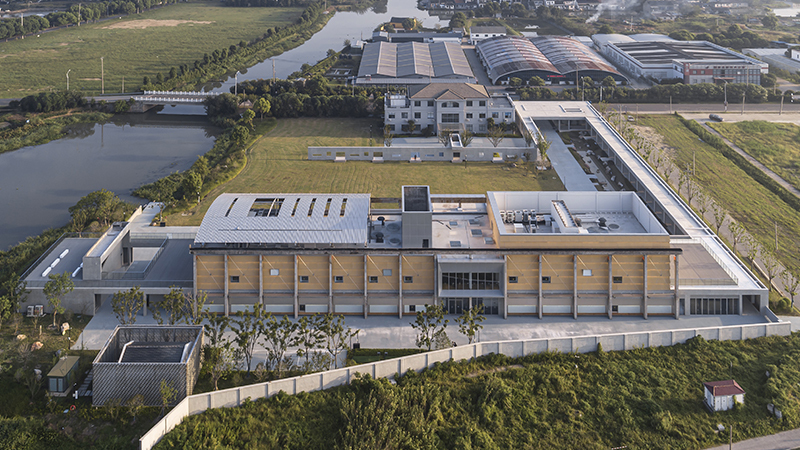| 公司: | SelgasCano | 类型: | 建筑 |
|---|---|---|---|
| 地区: | 西班牙 | 标签: | 文化空间 |
项目位于城市和乡村的边界,在普拉森西亚的郊区,场地是极少被人们干预的被千年气候所触及的边缘,被人类触动过的东西,在几年内用镘刀一扫,就把这些千年的东西掩盖了。
The centre is on the boundary between the town and the country, in outskirts of Plasencia, the edge between what has been touched by a less artificial humanity and what has been touched by millennia of climate. What has been touched by humanity has covered up those millennia with the sweep of a trowel in a few years.
要做到这一点,必须修建15米高的挡土墙。因此,从竞赛设计开始,我们就很清楚地看到,这项工作包括在边界的两边中选择一个:属于城市与我们这一代人所触及的东西,或者属于自然。我们知道,在场地的现有条件下,不可能同时属于两边。
This is strange, even economically, because to do so, 15m high retainer walls had to be built. Thus, from the outset, from the competition design, we saw quite clearly that the work consisted of choosing between one of the boundary´s two sides: belonging to the city, to what has been touched by our generation, or belonging to slowness. Under these conditions it was impossible to belong to both.
当我们选择了第二种选择时,我们发现由于两个世界之间的高度差异,我们被迫将建筑放在比街道低得多的地方,人工世界创造了一个17米高的高墙,覆盖了自然的轮廓。对于这种不可阻挡的屈服,我们决定,我们的解决方案将最大限度地尊重土地,在尽可能少的面积上休息和覆盖土地。我们计划让这个建筑为一种不同的方法设置舞台,并在未来的扩张区保留一个自然的土,作为未来其他建筑的尝试,这些建筑将发现自己被影射,并同样成为这个呼啸的海中的沙滩。
Having been chosen by the second option, we found ourselves forced to rest the buildings on a much lower level then the street due to the considerable height difference between the two worlds. The artificial world had created a 17 m high embankment that covered the natural contours , now buried below. In reaction to this unstoppable submission (sous les paves, les 17 metres de paves, la plage), we decided that our solution would have a maximum respect for the land, resting on and covering the least possible area of the allotment. We plotted to make this building set the stage for a different method and preserve an island of natural earth in the future expansion zone, even if it meant being a small puddle in the sea, as a possible reagent for the rest of the constructions to come, which will find themselves insinuated and become beached similarly in this whiffed sea: the Extremdura countryside used as an equivalent for the ocean.
萨拉曼卡公路、以前的银色路线和未来的银色高速公路也都从配地的西侧经过,这里也是加塔山脉的最佳视野。从整个西面的角度看,从北到南都会看到远处的建筑。乘坐汽车高速经过时,会看到它,所以我们把它设计成一个会发光的建筑,在白天和夜晚作为乘客的标志,在感觉和现实之间,在它似乎要去的位置和它要移动的位置之间,发挥着对应的作用。
The Salamanca highway, the former Silver Route and the future Silver Motorway as well, all run past the western side of the allotment, which also has the best views of the Gata Range. The building will be visible in the distance from an entire western perspective, from north to south. It will be seen when passing by at high speed in a car, which is why we have planned it as a snapshot or a luminous form, acting as a sign for passengers by day and by night, playing at being a correspondence between sensation and reality, between the position it seems to be heading for and the position from where it will move.
 | 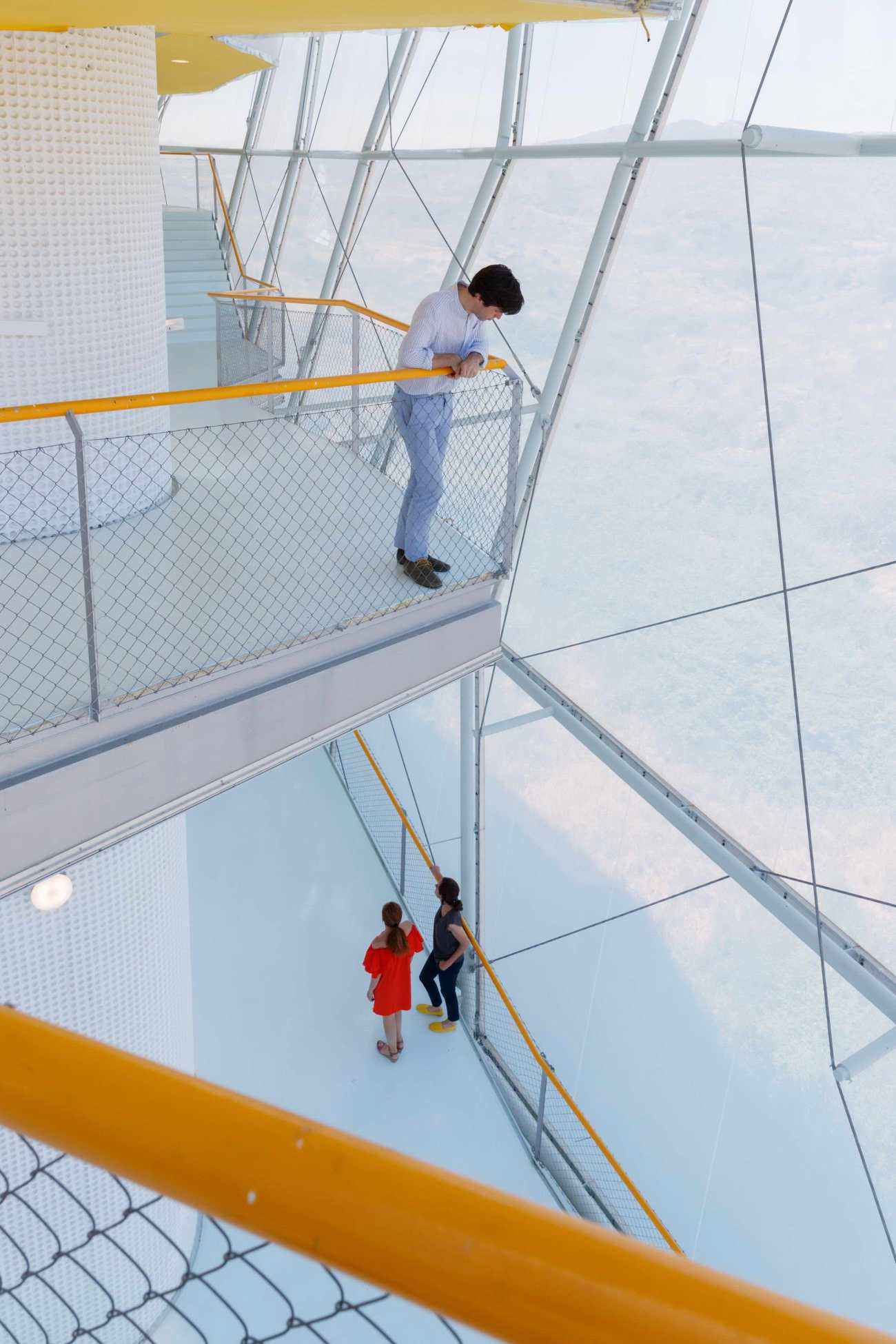 |
设计形式是基于建筑的剖面,正如我们所说的,是由于将尽可能小的部分放在地面上的想法,这相当于舞台区域和主厅,这个大厅的部分是继续定义和完成形式,包括入口大厅与可容纳300人的辅助大厅(可分为三个,每个100名观众),展厅和餐厅区域。入口在城市化的街道上,高出建筑最低处17米多,使用一条橙色的舷梯,到达一个12米深的同色垂直峡谷,在这里,乡村的景色,加塔山脉的支线,被凸显出来。从这里可以在中央混凝土外壳的四周活动,在一组坡道和螺旋楼梯上上下下,混合了外部和内部空间。
The form of ours is due to the building´s section; due, as we have said, to the idea of resting the smallest possible part on the ground, which corresponds to the stage area and the tiers in the main hall. The section of this hall is what continues to define and complete the form by superimposing the rest of the brief on top of it: the entrance lobby, the secondary hall for 300 people, which can be divided into three for 100 spectators each, the exhibition halls and the restaurant area. The entrance is on the urbanized street level, more than 17 meters above the lowest part of the building, using an orange gangway that arrives at a 12m deep vertical canyon in the same colour, where the views of the countryside, the spurs of the Gata Range, are accentuated. From here it is possible to move all around the central concrete shell, go up or down on a set of ramps and spiral stairs that mingle exterior and interior spaces. This is for two reasons, economy and expenditure. Economy by not climatising or using glass to enclose certain parts. Expenditure due to a crossing of spaces –in-out-in on account of the mixture of their climates.
Project: Plasencia conference center and auditórium
Desgin firm: selgascano
Location: CARTAGENA, SPAIN
Date: 2005-2017
Owner: JUNTA DE EXTREMADURA
Architects: Jose Selgas, Lucia Cano Design
Team: Lara Resco, José de Villar, Lorena del Río, Blas Antón, Carlos Chacón, Manuel Cifuentes, Beatriz Quintana, Jaehoon Yook, Jeongwoo Choi, Laura Culiañez, Bárbara Bardín.
Area:7500 m2 Architectural
Assistant: Manolo Trenado.
Structural Engineer, main structure: BOMA ingenieros
Structural Engineer, facada structure: FHECOR ingenieros consultores.
Mechanical: JG ingenieros
Acoustic Engineer: ARAU ACUSTICA
Textil Arquitectures: LASTRA ZORRILLA
General Contractor: PLACONSA-JOCA
Photographs: Iwan Baan
更新日期:2021-01-29 13:35:07
非常感谢 SelgasCano 带来的精彩项目, 查阅更多Appreciations towards SelgasCano for sharing wonderful work on hhlloo. Click to see more works!

